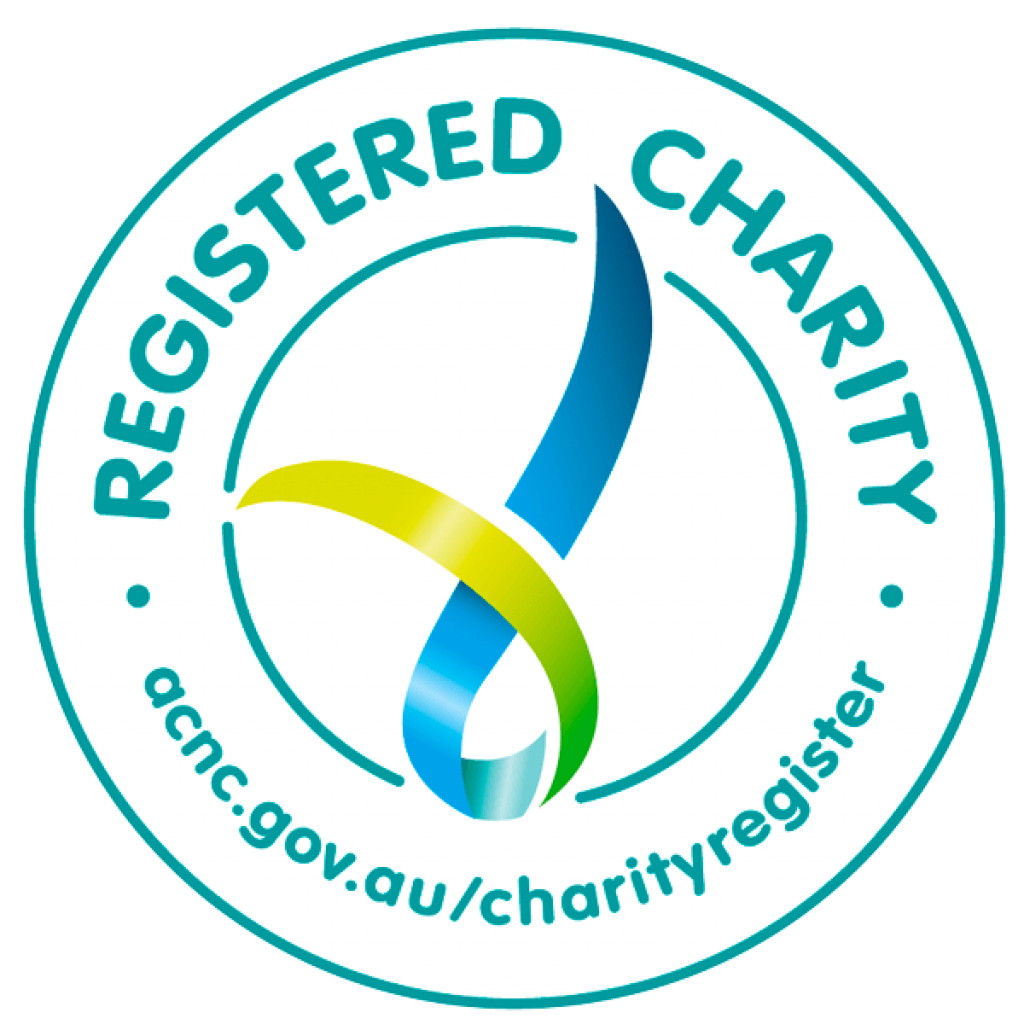- The Hobart region has one of the highest frequencies of multiple sclerosis (MS) and the highest in Australia.
- Scientists once again show an increase in the total number of people with MS in the Hobart area (prevalence) over time as well as an increase in the rate of developing MS (incidence).
- On a positive note, the mortality rate for people living with MS decreased, and the average life expectancy has increased.
Epidemiology
Data and evidence have always been vital in working out the possible causes and impacts of disease. Epidemiology is a field of science which analyses the distribution, patterns, and determinants (or risk factors) that lead to a health condition.
Australia has been at the forefront of MS epidemiological research for many years. Australian scientists have found a number of risk factors that contribute to the development of MS. These include low sun exposure and low vitamin D, poor diet, and Epstein Barr virus (EBV) infection.
The other key area of epidemiology is how many people have a condition (prevalence) and how many people are developing the condition (incidence), as there are subtle differences between the two.
What did the researchers do?
Australian scientists led by Professor Bruce Taylor have released a study of the greater Hobart area showing that not only the number of people living with MS has increased, but there are also more people getting the disease.
The study was published in the Journal of Neurology, Neurosurgery and Psychiatry and looked at the Greater Hobart area between the years 2009-2019. This follows previous studies done between 1951 – 1961, 1971 – 1979 and 2001 – 2009. These studies have shown that the Greater Hobart region of southern Australia has one of the highest frequencies of MS in the world and the highest in Australia.
All three previous studies have also shown consistently increasing trends in MS incidence and prevalence. Additionally, a recent international project, the MS Atlas, found nearly 2.8 million people live with MS worldwide, a large increase from the 2.3 million people in 2013.
The incidence of MS is increasing, and this isn’t just due to an increase in detection or better understanding of the disease, as the standard of clinical care and treatment/diagnosis criteria have not drastically changed since the last study was completed in 2009. Additionally, MS is caused by a mix of genetic and environmental factors, and this timeframe is too short a window for genetics to change, leaving the explanation of the increase as environmental factors.
Professor Taylor and his team also found that the life expectancy of people with MS is increasing, with only 1% more deaths than the number expected based on age-specific mortality rates in the general population (it should be noted that MS itself is not a terminal condition).
Now what?
Previous epidemiological studies have paved the way for a number of intervention studies as we try to elucidate how different risk factors might contribute to the development of MS, and have even led to research into novel ways to treat and prevent MS. These include the PrevANZ trial, which is examining whether the oral supplementation of vitamin D might delay the onset of MS, the PhoCIS trial which looked at whether exposure to UV light can delay MS, as well as therapies looking to target EBV to treat people with progressive MS.
This new study, along with MS Australia’s research priorities survey, highlights the importance of research into prevention. Examining the changes in behaviour over the last 50 years might help us shed light on some of the crucial factors leading to the increase in MS.






